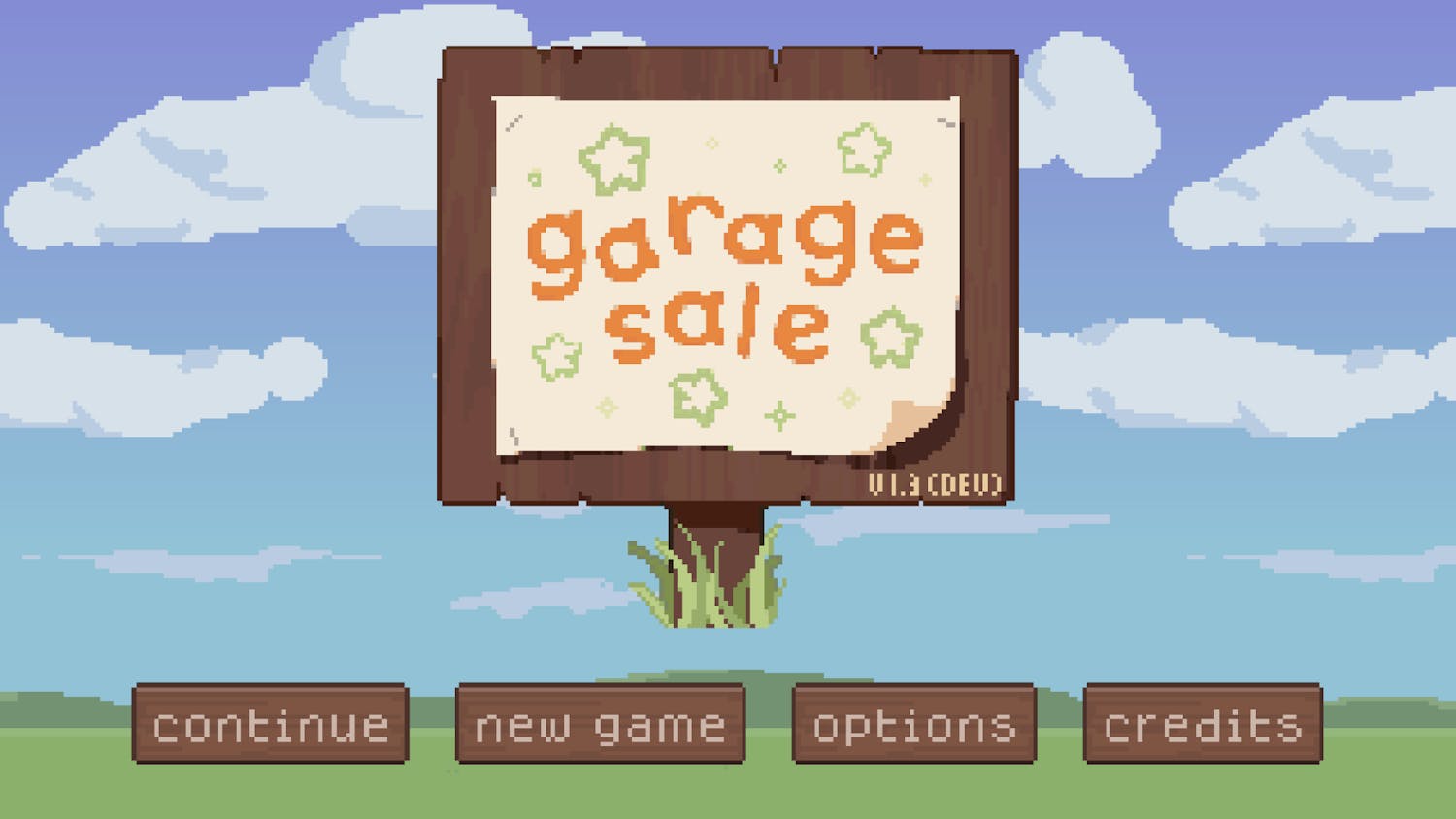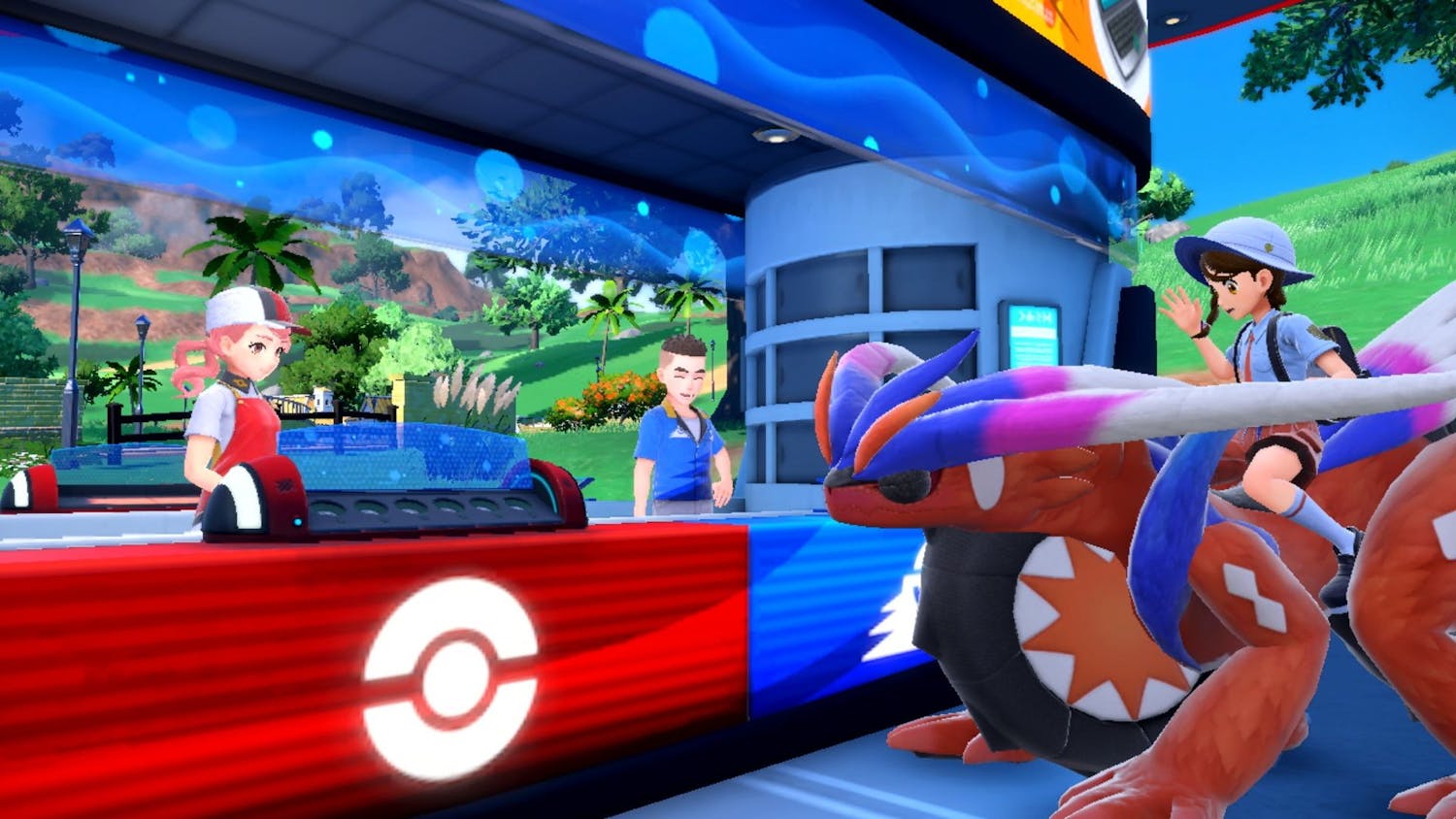This weekend marks the release of “Super Mario Maker,” Nintendo’s celebration of the 30th anniversary of its long-running franchise. The game is primarily a level editor, using accessible yet powerful tools so that anyone from our mothers to expert game designers could design the Mario levels of their dreams. The game pulls in ideas, characters, enemies, obstacles and platforms from four Mario side-scrolling releases, meaning those who “grew up with a different game” will likely see themselves represented in the tools.
“Super Mario Maker” is light on official Nintendo content; there are a collection of sample courses playable in a sort of grab-bag mode, but most of them are simple, serving as proof that it’s possible to design a certain kind of stage. The majority of content for “Mario Maker” has been created by players experimenting with the tools themselves. Nintendo is encouraging this role of the player as maker; when discussing the fact that Mario creator Shigeru Miyamoto is going to create levels, it appeared that Miyamoto would simply be uploading an undisclosed number of levels to the server, like the rest of us—they’ll probably appear on the featured page.
Yet “Super Mario Maker” is only the most explicit game in the current shift in gameplay, which focuses on a concept called “emergent” gameplay. Games like “Metal Gear Solid V: The Phantom Pain” and “The Witcher 3: Wild Hunt” offer a vast open world and a limited “main” story which can support hundreds of hours of play. Each was largely buzzed about in regard to how many hours someone managed to play without moving the main story forward, with players focusing primarily on side-quests, or episodic asides unrelated to advancing a grand narrative.
Now, each “Metal Gear Solid V” and “The Witcher 3” offer lengthy, heavily manicured storylines, boasting cinema, tragedy and intense action which feeds its main narrative. In fact, the combined main story content of each game is probably between 20 and 40 hours, about three times the length of games in the “Call of Duty” series. The beginning of “Metal Gear Solid V” is almost two straight hours of cinematic storytelling.
Eight years ago, the mostly linear style of game design was the primary focus of the games with the highest budgets. Criticisms of the top of the games industry centered upon its treasuring of cinematic technique and pacing in place of creating large places for players to explore. “Super Mario Galaxy” abandoned the sprawling worlds of prior 3-D Mario games and focused upon tiny globe sequences, more like a linear series of platforms than like exploring a world. In 2008, “Metal Gear Solid 4: Guns of the Patriots,” might be the clearest example of this school of thought, in which the cutscenes approached feature length. The game’s ending is 90 minutes of cutscene, and others throughout the game often extend toward the hour mark. Multiple sequences involve exiting a cutscene to simply walk through a door, only to begin another lengthy, non-interactive scene.
Of course, then there are games like “Until Dawn,” “Life Is Strange” or “Game of Thrones,” which almost exclusively feature cinematic storytelling in place of gameplay. Yet those games make a marked shift in storytelling; more like choose-your-own-adventure novels than films, the games constantly allow the player to select their protagonist’s dialogue and gives them significant story agency. Characters in these games who might be core figures in episode four or five can die in the second episode, never to return.
So the techniques of the father are passed to the son. And emergent gameplay has been growing in popularity for years; in fact, its growth and prevalence dates back at least to the release of “Grand Theft Auto III,” and what we’re seeing today largely has grown out of “The Elder Scrolls V: Skyrim” and “Minecraft.” One element which may be new is that the same amount of craft goes into these emergence-focused games as the tighter, more cinematic games. “Metal Gear Solid,” 10 years ago and today, still represents the absolute apex of high-definition gaming and high-intensity cinematic action sequences, and the tools used to create “Super Mario Maker” include brilliant user-interface, crisp visuals, and excellent music in the “create-a-stage” mode.
Is this inherently better? Games like “Journey” or “P.T.” used linearity to craft wonderful experiences, and the wholly filmic “The Last of Us” is one of the best Cormac McCarthy-inspired works around. Yet these linear experiences also open up to intepretation; “Journey” and “P.T.” are largely nonverbal, and what is explicitly told is almost superfluous to the game’s higher points. “The Last of Us” is perhaps most famous for its vague ending. This emergent design has extended into game narratives, and no medium can suffer from a decrease in didacticism.
What do you think of this video game maker movement? How do you make your own fun when your gaming? Will you play “Super Mario Maker?” Let Alex know at alexlovendahl@gmail.com.





